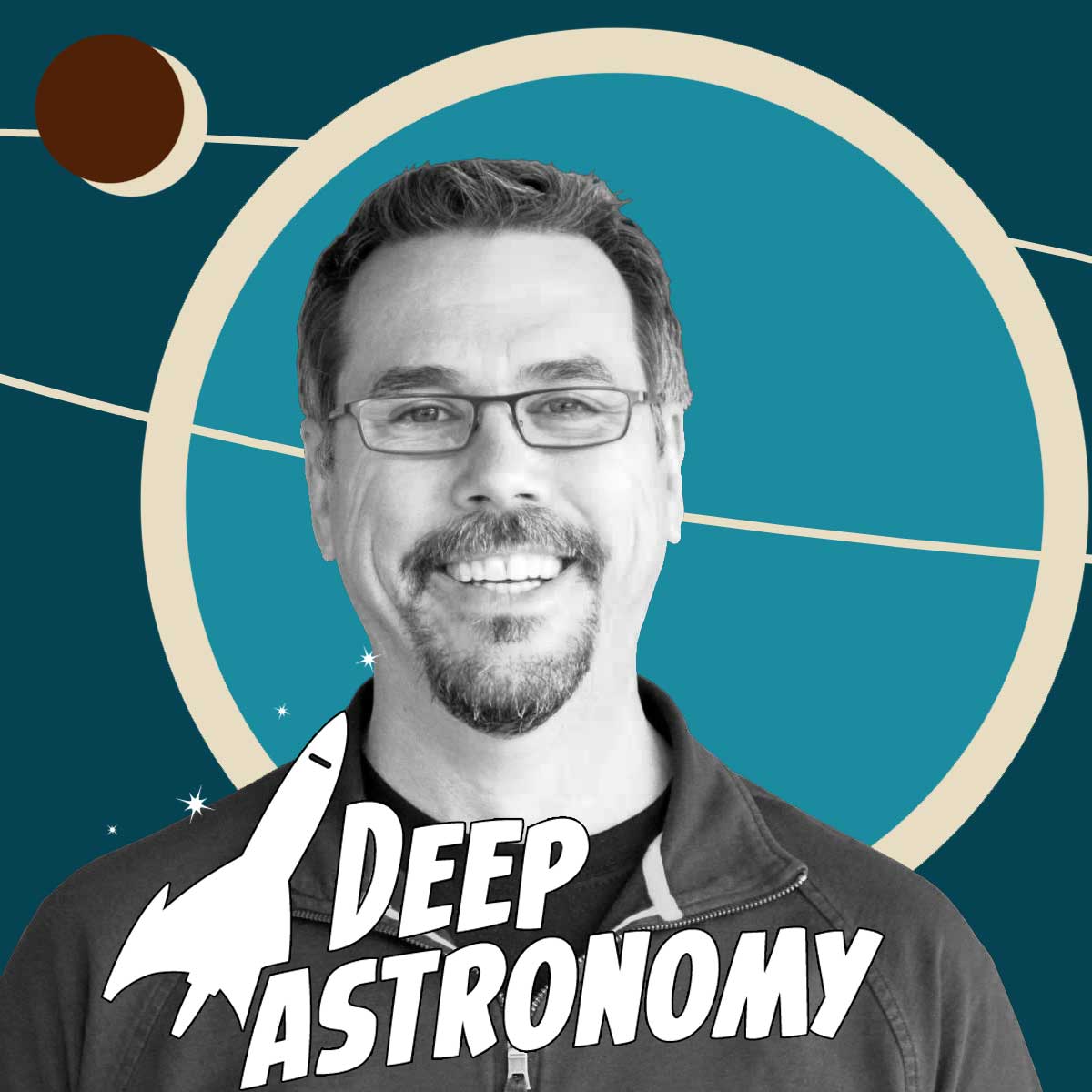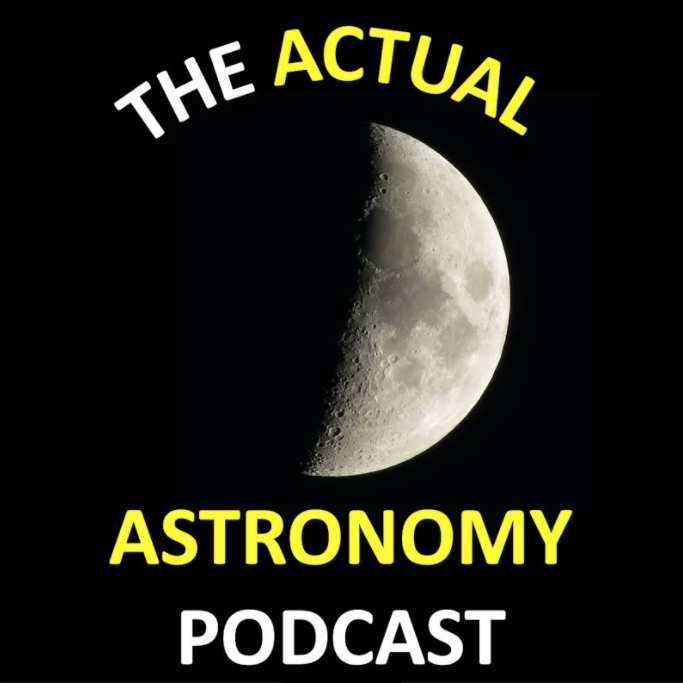Today’s Episode

Dec 31st: Tune in to the Exoplanetary Radio
Did you know that almost all stars have a companion planet? It’s important to get to know the exoplanets and especially their atmospheres in a little more detail.
Subscribe & Follow
Project Director: Avivah Yamani
Audio Engineer: Richard Drumm
Executive Producer: Pamela L. Gay
Learn more about us on our
Credits and Sponsors page.
We are a community podcast,
bringing you the voices of astronomy & astronomy lovers,
everyday of the year.
More Recent Episodes
May 20th: The Case for the Carl Sagan Space Telescope
In this episode, some astronomers, a former astronaut, the current director of the Space Telescope Science Institute as well as the wife of Carl Sagan himself, got together and wrote a white paper that makes the case for a telescope, named after the famous astronomer Carl Sagan, that will look for and directly image planets like Earth around other stars
May 19th: Skylab 50 – Interview with Astronaut Jack Lousma
To mark the Skylab 50th anniversary here is @AwesomeAstroPod chat from 2012 where we caught up with Skylab 3 and STS-3 astronaut, Jack Lousma
May 18th: Observing and Sketching with Berta Beltran
Today’s Actual Astronomy talk with Berta Beltran about her journey in astronomy from first telescopes to a new refractor. Also her public outreach and how she began to sketch and representing the night sky colours as her unique style.
May 17th: Earth’s Climate Proves More Resilient Than Thought
Computer models of the effects of an eruption event similar to the Columbia River Flood Basalt show that, despite massive injections of sulfur dioxide into the atmosphere, Earth’s climate rebounded much more quickly than expected. Plus, ORCs, lunar swirls, exoplanets, and diamonds. On Mercury.
May 16th: What are the Top 5 Mysteries in Astronomy?
What are the biggest mysteries facing modern astronomers? What questions do I wish could be answered in my lifetime? What are most astronomers working on right now?
May 15th: Kilonovae
In 2017, astronomers detected the gravitational waves and electromagnetic radiation from colliding neutron stars. This had been long theorized as one of the causes of a certain type of gamma-ray burst. By studying the event and its afterglow, astronomers have learned a tremendous amount about the formation of the heaviest elements in the Universe.







